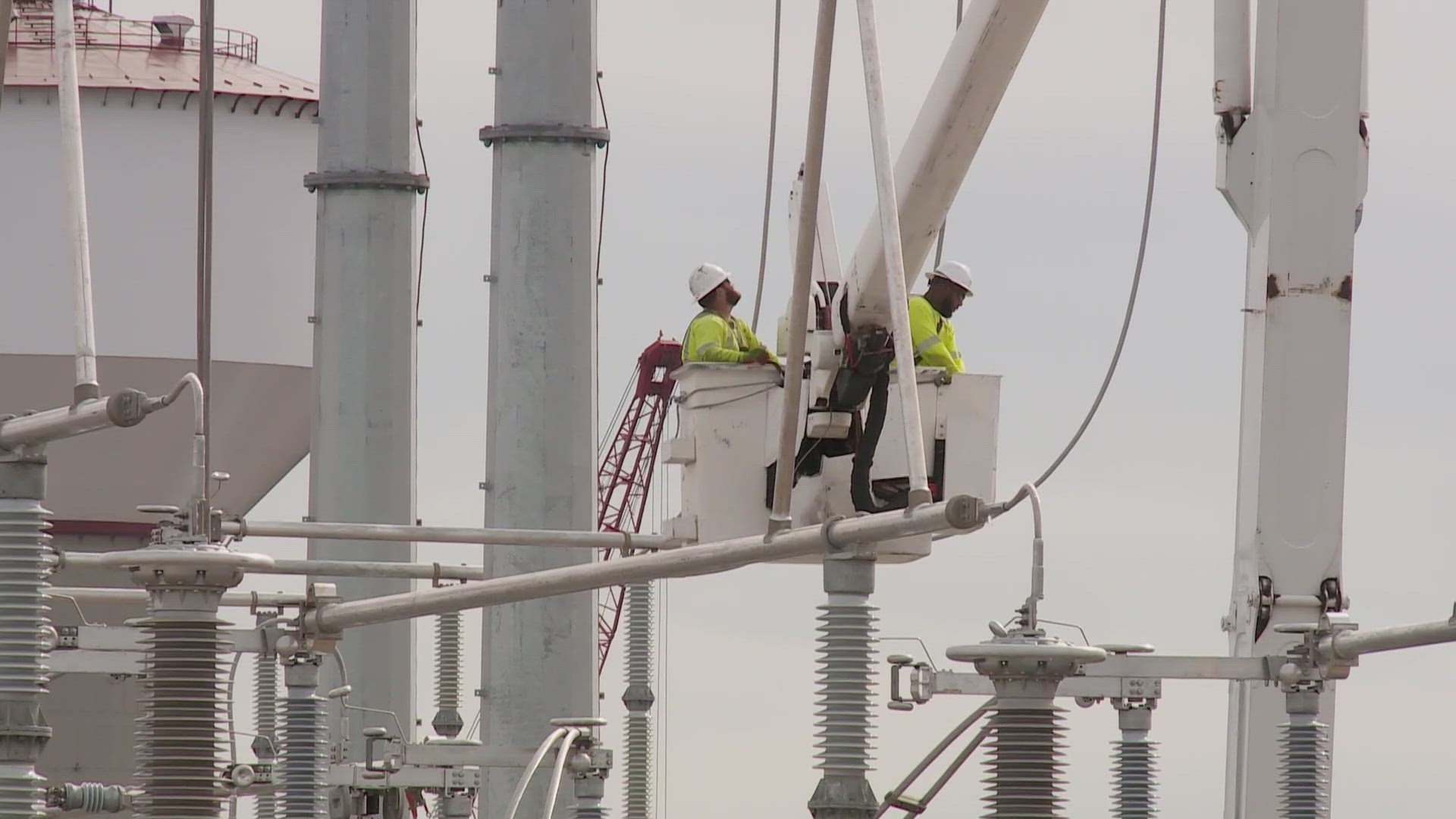NEW ORLEANS — In light of Saturday’s rainstorm and subsequent street flooding in parts of New Orleans, the utility committee of the New Orleans City Council has added the Sewerage & Water Board to the agenda.
In addition to the all-too-typical checklist of what pieces of aging drainage equipment broke or was already under repair, committee members want to know what the agency is doing to add redundancy or mitigation to limit the damage during future heavy rain events.
District D Councilman Eugene Green, a committee member, said he has a list of questions.
“What could we possibly do to get some sort of backup energy that might be able to keep those turbines going?” Green said he plans on asking. “We'll also ask them to advise what can be done in certain areas that we know are going to flood?’
During Saturday's rainstorm and subsequent street flooding, not only were two of the S&WB’s remaining three power-generating turbines out, so were some of its back-up power sources.
Two out of the S&WB’s five jet-engine loud electro-motive diesel generators, EMDs, were down, the agency reported. And two frequency changers needed to transform power from the electrical grid for use by the city’s ancient drainage pumps also went down.
Green warned that some answers may appear to be stop-gap measures until the utility's electrical substation is ready to replace its aging and unreliable machines.
The substation is currently under construction at the S&WB’s main plant on Claiborne Avenue, but it’s not expected to be ready until 2025.
Green says he will have questions about the substation as well.
“What can we do, not to cut off quality, but to expedite the delivery of this power station?” Green asked.
Even after the substation is online, Green says new solutions will be needed to handle the increasingly strong rainstorms that have become common in the city. Using an age-old and somewhat hypothetical measure, the S&WB says that even when all of its infrastructure is working, the city’s drainage system can only handle about one inch of rain for the first hour and one-half inch for each half-hour after that.
“Whether you call it climate change, whether you call it acts of nature, these storms are more intense,” Green said. “They deliver more water in a shorter period of time. Our system was not designed for that type of rain event.”
Green says he is hoping to accelerate more so-called “green infrastructure” projects, in which the natural environment and man-made structures can absorb more rainwater. Those projects include detention ponds, bio-swales, permeable pavement and a new mix of water-absorbing trees.
► Get breaking news from your neighborhood delivered directly to you by downloading the new FREE WWL-TV News app now in the IOS App Store or Google Play.

